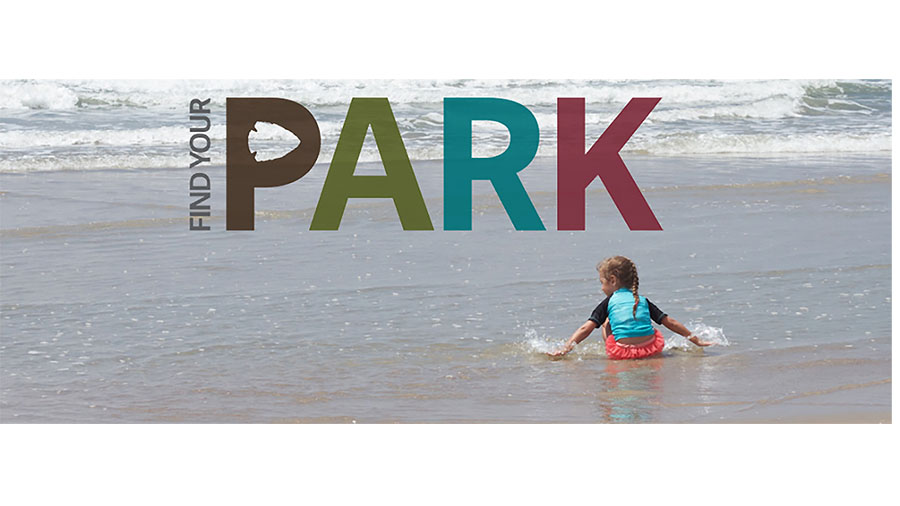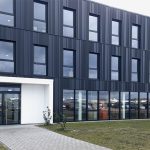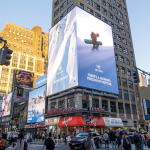Once again, in contrast with destination lodging around the U.S., the Southeast region is barreling into the third month of the six-month summer season with exceptional performance when compared to last year’s pandemic season and well ahead of the summer of 2019, which posted records for occupancy and rates, according to DestiMetrics, a division of Inntopia.
Barring unforeseen reversals in the economy, progress against the pandemic, or weather disruptions, resort destinations in Florida, and coastal Georgia and South Carolina are moving steadily toward a new record, according to DestiMetrics’ monthly Market Briefing.
The Briefing has been escalated recently to reflect comparisons to last year and two years prior at the same time to provide more context about lodging activity when a global pandemic is not impacting destination travel. The analysis includes monthly, seasonal and annual comparisons about occupancy, Average Daily Rate (ADR) and revenue through April 30.
April Results
For the month of April, occupancy was up 498.8 percent compared to last year at this time and reflects the widespread shutdown experienced throughout the U.S. in April 2020. Rates were also up year-over-year 45.9 percent for the month and a surge in occupancy and rates pushed aggregated revenues for the month 773.6 percent higher than one year ago.
For a more relevant, and non-pandemic comparison, the Briefing also looked at the same time two years ago when a more typical summer season unfolded and one that turned out to be a winner for the Southeast.
Occupancy as of April 30 was up 13.8 percent compared to two years ago at this time while ADR is seeing a 12.6 percent gain to provide participating properties with an aggregated 28.1 percent in revenues for the month of April compared to April 2019.
Full Summer Going From Strength To Strength
With the first two months of summer (March and April) already completed, the next four months of the season through the end of August continue to show healthy growth. As of April 30, on-the-books occupancy is up in all six months 119.7 percent compared to last year at this time and when compared to two years ago at this time, occupancy is still up 20.4 percent.
Also showing growth, the ADR is up 10.8 percent compared to the previous summer and when combined with the increase in occupancy, revenues are up 143.4 percent year-over-year. And the favorable results aren’t due only to comparisons to the pandemic year. When contrasted to the summer of 2019, ADR is up 20.4 percent and is currently delivering a 45 percent increase in aggregated revenues for the full summer season.
“The dramatic year-over-year growth for the summer months isn’t surprising considering that the entire country was mired in the pandemic with many, if not most, tourism destinations completely closed and with considerable uncertainty about the summer at this time last year,” observed Tom Foley, senior vice president, Business Operations and Analytics for Inntopia. “The more striking results are the impressive amount of growth experienced when compared to two years ago when the Southeast posted a record-setting summer in 2019.”
Economic Indicators
Upward momentum continued during April as the Dow Jones Industrial Average (DJIA) gained 2.7 percent and posted the third consecutive record-high monthly close, marking the fifth time in six months that the DJIA has broken an all-time monthly closing record. Positive news about the pandemic, passage of the federal stimulus package in Congress, increased consumer spending, and strong quarterly earnings on Wall Street are credited with driving the meteoric rise. The Consumer Confidence Index (CCI) rose 11.7 percent during April to bring it to its highest level since February 2020, indicating consumers felt better about short- and long-term prospects for the economy.
The national Unemployment Rate unexpectedly rose from 6.1 to 6.2 percent in April as employers added only 266,000 new jobs, short of the million new positions expected by economists. Another setback was the revision down of new March jobs from 916,000 to 770,000 by the Bureau of Labor Statistics. On a positive note, wages increased 0.7 percent. Currently, 8.2 million jobs that existed in February 2020 have yet to be recovered.
Other Considerations
As the travel industry readies for consumer demand, a lack of workers to fill positions currently within the industry has the potential to stifle further growth. The Briefing indicated that an insufficient workforce is an emerging issue and could pose significant challenges if open positions cannot be filled before the peak summer months.
And while the Southeast has enjoyed a significant advantage over competitors in other regions and destinations in the country where pandemic restrictions and travel hesitation had a greater influence on the lodging industry, that advantage is currently being erased. As widespread vaccinations have led to more than 40 percent of Americans being fully immunized and more destinations begin to fully open, visitors are exhibiting a growing willingness to travel to more diverse locations.
“Summer 2021 is well underway and the Southeast region continues to see great success with both occupancy and revenues as daily rates are hovering above prior record-high territory,” continued Foley. “Barring any unforeseen circumstances, the region is on track to post some new summer records,” he concluded.
Photo courtesy Cape Hatteras National Seashore














